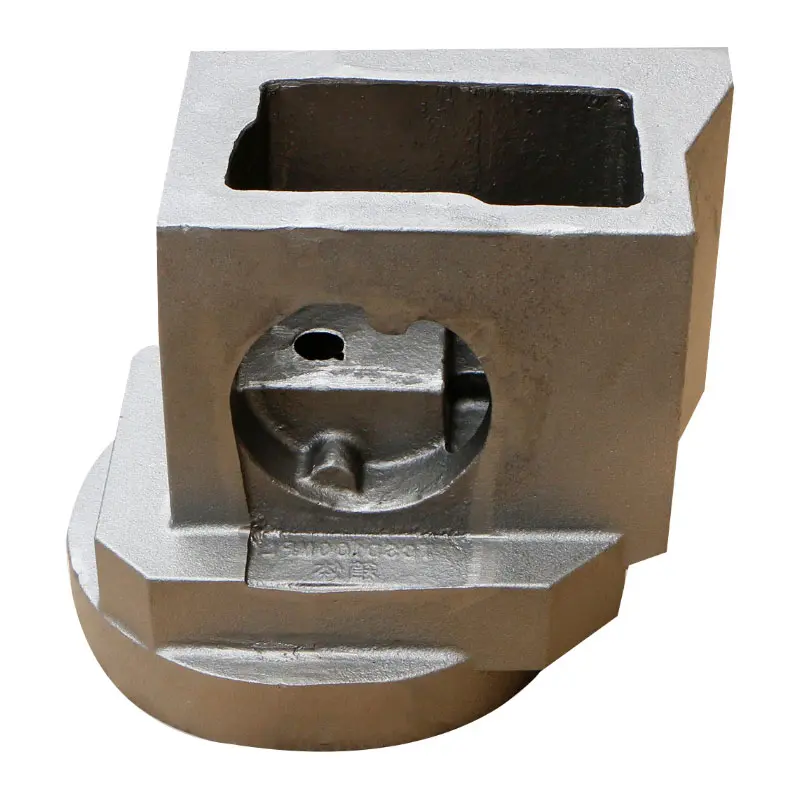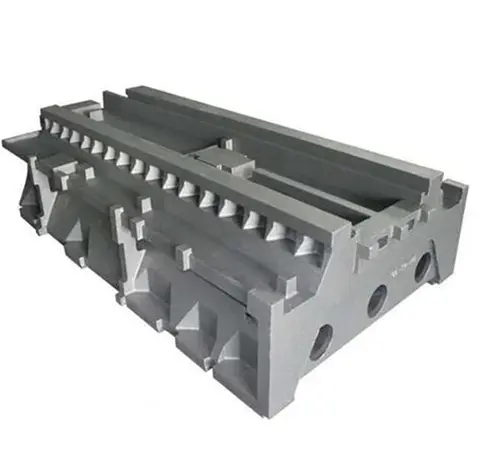1. Machine tool castings matrix structure requirements
1.1 High strength:
Machine tools castings need to withstand large workloads, so the cast iron matrix structure is required to have high strength.
For this reason, pearlite matrix is often selected due to its high strength characteristics. For example, the structure of HT250 should have a developed austenite dendrite skeleton and more than 98% of the cast pearlite matrix.
1.2 Good processability:
Machine tool castings need to withstand cutting, grinding and other processes during processing, so the cast iron matrix structure is required to have good processing performance.
The pearlite matrix is uniform and fine in structure, which is conducive to the improvement of processing performance.
1.3 Wear resistance:
Tool castings need to withstand friction and wear during operation, so the cast iron matrix structure is required to have good wear resistance.
The wear resistance of cast iron can be improved by optimizing the graphite morphology and matrix structure in cast iron, such as refining graphite and increasing the pearlite content.
2. Casting performance requirements
2.1 Strong filling capacity of molten iron:
It is usually complex in shape, and require molten iron to have good filling capacity to fill the cavity and avoid defects.
To this end, it is necessary to control the chemical composition and temperature of the molten iron to ensure its good fluidity.
2.2 Good self-compensation effect:
castings need to avoid the occurrence of defects such as shrinkage and shrinkage cavities during solidification, so the cast iron matrix structure is required to have good self-compensation ability.
The self-compensation ability of cast iron can be improved by optimizing the casting process and the content of alloy elements.
2.3 Good density:
castings need to have good density to ensure that they can withstand greater pressure and load during use.
The density of cast iron can be optimized by controlling the cooling rate and the content of alloy elements during the casting process.
3. Other requirements
3.1 Wide source of raw materials:
It is often mass-produced, so the source of raw materials is required to be diverse and stable.
This requires the selection of commonly used cast iron materials, such as gray cast iron, ductile iron, etc., and the control of their chemical composition and casting process to ensure quality.
3.2 Moderate alloy element content:
It is not advisable to add too many alloy elements during the casting process to avoid increasing production costs and casting difficulties.
Therefore, it is necessary to select the appropriate alloy element content and type to optimize the performance of cast iron and reduce costs.








